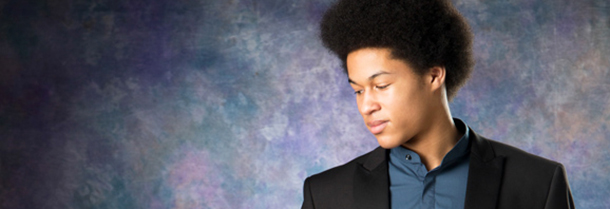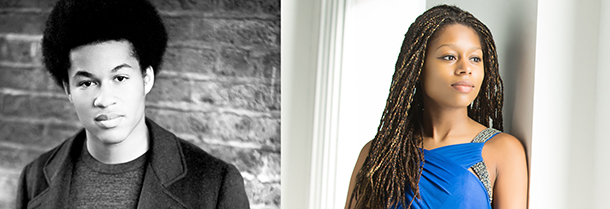Tag: Isata Kanneh-Mason
-

-

PROGRAM NOTES: ISATA KANNEH-MASON
Wolfgang Amadeus Mozart Sonata No. 14 in C minor K. 457 In 1785 Mozart’s Sonata in C minor was published together with the composer’s Fantasia in C minor as a single opus, with the Fantasia forming a kind of introductory ‘prelude’ to the sonata. Given that the Fantasia was composed many months after the sonata,…
-

PROGRAM NOTES: SHEKU KANNEH-MASON & ISATA KANNEH-MASON
Gaspar Cassadó Suite for Solo Cello Gaspar Cassadó is hardly a household name, but he was one of the great cellists of the twentieth century, active as a performer, composer and transcriber for his instrument. Born in Barcelona in 1897, he was discovered at the age of nine by a young Catalan cellist just starting…


